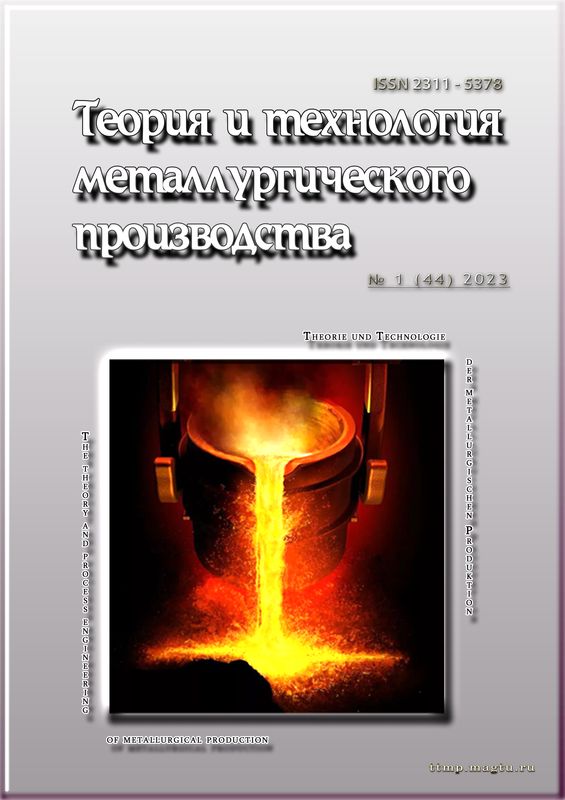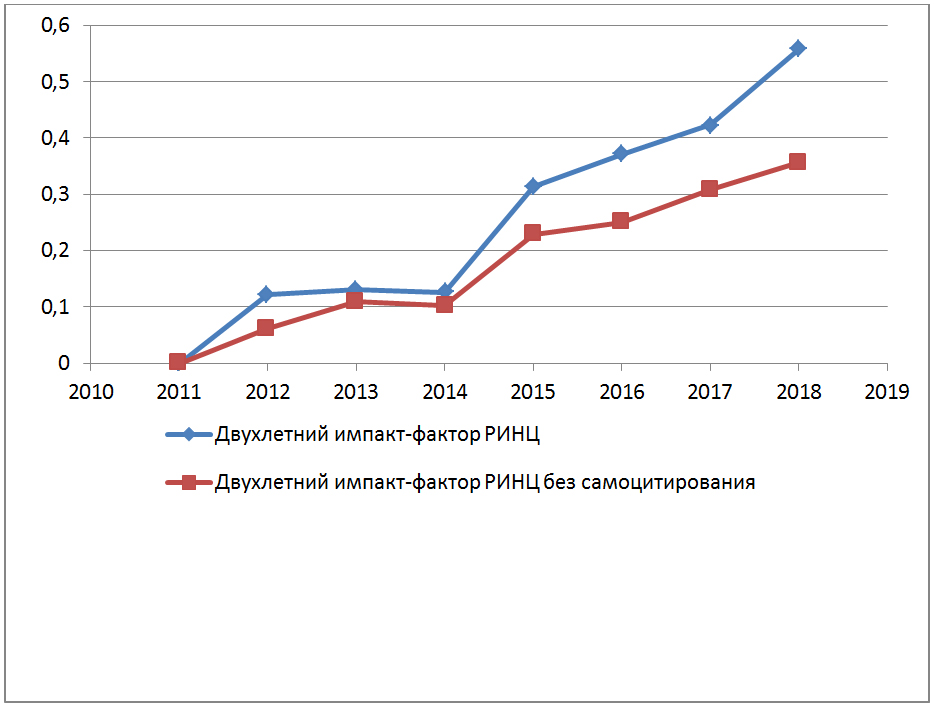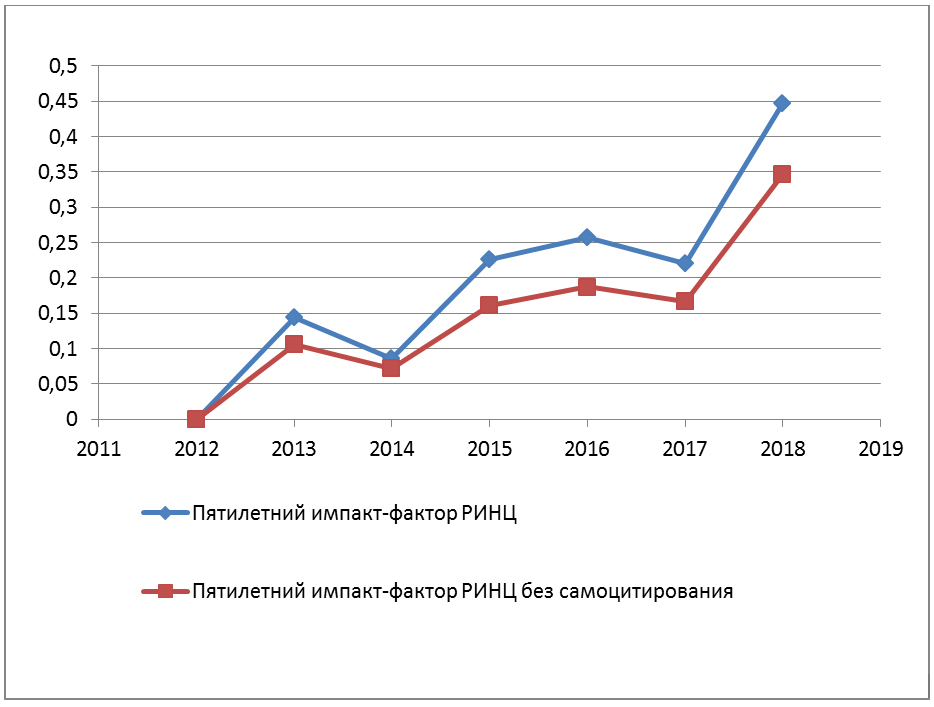Abstract
The article discusses the features of end-to-end technology for the production of high-carbon steel, its out-of-furnace processing, continuous casting, rolling of coils and wire rods, which form the quality indicators of the metal that is effectively processed at the hardware processing stage. In the process of research, the influence of technological factors on the complex of quality indicators of steel, continuous cast steel, and then hereditary and coiled steel was studied. At the same time, technological methods are given that ensure a narrow range of values of alloying elements in steel, as well as a low level of harmful impurities in high-carbon steel. Measures have been developed to reduce metal contamination by non-metallic inclusions (NMI). It has been shown that a set of technical and technological measures influences the reduction of steel contamination with NMI, such as modifying steel in steel pouring ladle (SPL) with calcium-containing flux-cored wire (CW) or rare-earth alloy (this is a rather expensive method), introducing “white” slag for desulfurization and deep deoxidation of steel, processing steel by vacuum (vacuum-carbon deoxidation), protection of the metal stream during continuous casting from secondary oxidation, the use of basic refractories for the lining of the SPL and tundish (T), the choice of material for casting dosing nozzles, etc. Segregation processes in continuous steel mills have an important influence on the properties of coiled products. This primarily relates to micro-physical dendritic segregation, which in rolled products is revealed in the form of structural longitudinal banding with the presence of microareas with a deviation of the chemical composition from the ladle analysis and the appearance in some cases of hardening structures. Taken together, this ensured high technology for processing wire rod and coiled steel into wire products.
Keywords:
high-carbon steel, end-to-end technology, chemical composition, non-metallic inclusions, structure, processing manufacturability.





